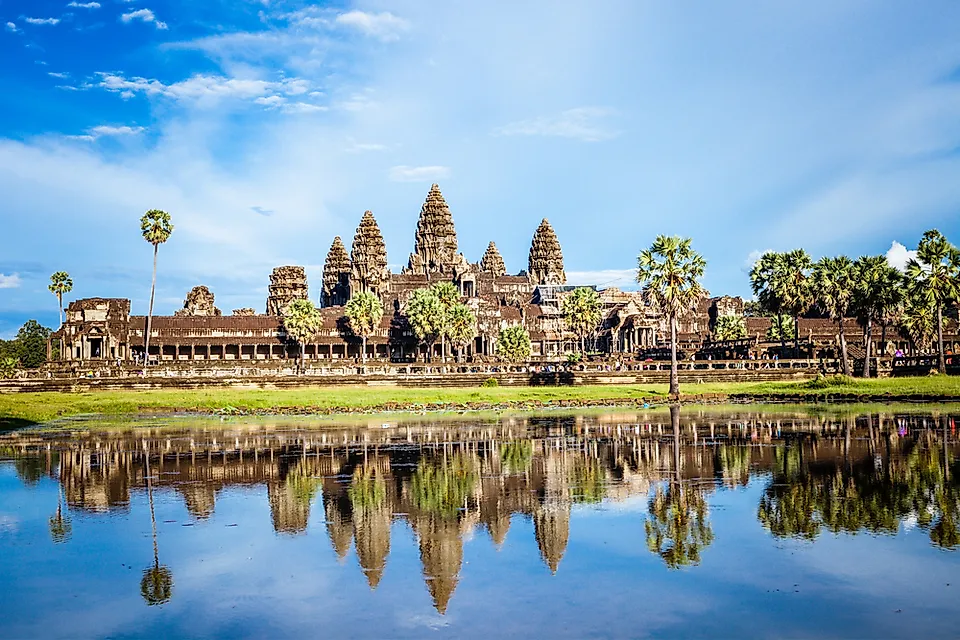When Was Angkor Wat Rediscovered?

What Is Angkor Wat?
Angkor Wat is the world's largest temple complex. Located in Cambodia, the complex covers an area of 1,626,000 square meters and is located 5.5 km away from the town of Siem Reap. Angkor Wat was designated as a UNESCO World Heritage Site in 1992, and it is Cambodia’s top tourist attraction and a symbol of country’s rich history and culture, even appearing on the national flag.
Who Built Angkor Wat?
Angkor Wat was built near the beginning of the 12th century by King Suryavarman II, ruler of Cambodia's powerful Hindu Khmer dynasty.
Why Was the Temple Complex Built?
The majestic temples of Angkor Wat were originally dedicated to the Hindu god Vishnu. The temple complex was built to symbolize the strength of the Khmer Empire and to please the gods for the prosperity of the kingdom. Several legends are associated with the building of the monument, and towards the 12th century Angkor Wat became a center of Buddhist worship.
When Was Angkor Wat Re-Discovered?
Although the Angkor Wat was temporarily neglected after the 16th century, it was never completely abandoned, unlike many other ancient temples in the region and abroad. One possible reason for this neglect could be the fact that the temple protected people from encroachments by the jungle. The central temple of Angkor Wat is surrounded by a moat that protects the area against sudden invasions.
Thus, although the temple was in continuous use and never really re-discovered, it became known by the Western world after one of the first Western visitors, Portugal's António da Madalena, visited Angkor Wat in 1586.
Madalena’s description of Angkor Wat inspired the awe of many Europeans. He mentioned the temple’s extraordinary construction could not be described by a pen and that it was a monument of unparalleled beauty. Madalena also noted that only the human genius can conceive the decoration and refinements of Angkor Wat.
By the time of Madalena's visit, the Khmer Empire of Cambodia had already fallen. Another visit by a European also encouraged a wave of expeditions to Cambodia. French naturalist Henri Mouhout wrote extensive descriptions of the temple that were published after his death. Mouhout, who visited Angkor Wat in the middle of the 19th century, described the monument as grander than any architectural legacy of the Greeks or Romans.
Since that time, Angkor Wat has been the subject of significant research. Expeditions from various countries have attempted to discover the secrets of the temple complex, and millions of tourists have flocked to Cambodia from all corners of the globe. Thus, Angkor Wat continues to fascinate and inspire awe up to the present day.











